Three national treasures at the MOA MUSEUM OF ART

The MOA MUSEUM OF ART of Art's collection is centered on Toyo art, primarily from Japan and China, collected by the museum's founder, Mokichi Okada. The collection is diverse, including paintings, calligraphy, sculptures, and crafts, and includes works that are essential to discussing the art and culture of each era.
Tea-leaf Jar with a design of wisteria

This tea-leaf jar is known as the most famous of the many masterpieces by Nonomura Ninsei, the master of Kyoto ware decorated in colorful overglaze enamel designs. The jar is gorgeous, elegant and decorative, and is regarded as a symbol of the refined culture of Kyoto. Blooming wisteria flowers are painted over a warm white glaze in enamels of red, purple, gold and silver in an ingenious composition that perfectly fits the elegant shape of the jar featuring thin walls of uniform thickness, characteristic of pieces by Ninsei, who is known for his exceptional skill at the potter's wheel. The jar, which bears a large stamp mark reading "Ninsei" on the base, was passed down in the Kyogoku family of the Marugame domain, present day Kagawa prefecture.

Red and White Plum Blossoms

Kōrin deeply admired the work of Sōtatsu, a painter who had worked during the first half of the 17th century. Kōrin studied Sōtatsu’s style and later developed his own style.This painting is one of his most famous works. The composition is rather startling. The white plum tree’s trunk is mostly outside of the screen, and one major branch comes back into the screen horizontally. The red tree’s trunk is almost completely within the screen, and its young branches are extending upward. The stream at the center cuts through the pair of screens and gives the impression of expansion. The elegant pattern of the stream symbolically expresses the rhythmical flow of water. The plum flowers are depicted with pigment only, without any outlines. This technique became quite popular and was known as “Kōrin Plum Flowers.” Buds are scattered here and there among the fully opened flowers in a pleasing manner. Another feature is the application of tarashikomi, a technique in which colors are blended by dripping one over another that is still wet, which is used here to depict the tree trunks. All of these elements are combined to yield a stunning decorative effect which makes this pair of screens one of the greatest masterpieces in the history of Japanese art. The work, believed to be one of Kōrin's latter years, was long held by the Tsugaru family.
The Calligraphy Album ‘Tekagami Kanboku-jo’”

This album is one of the three renowned collections of outstanding calligraphy, the other two being Moshiogusa in the Kyoto National Museum Collection and Minuyono-tomo in the Idemitsu Museum of Arts Collection. Kambokujō, meaning “a castle of brush and Indian ink”, is an appropriate name for a repository of masterpieces by distinguished calligraphers. It contains 311 pieces of excellent calligraphy from Nara through Muromachi periods. It was passed down the line of the Kohitsu family and later owned by the Masuda family.
*This is a limited-time exhibition.
For basic information about the MOA MUSEUM OF ART, please see this article.
The museum is built on a 230,000m2 hill in Atami, and you can see beautiful views of Izu Oshima and Hatsushima from the main lobby and Moore Square. The facility also features a garden that changes with the seasons, with cherry blossoms and azaleas in the spring, fresh greenery in early summer, and autumn leaves in the fall. Enjoy a relaxing resort-like experience while savoring art and nature. The museum opened in 1982, and 36 years later, from 2016 to 2017, it underwent renovation work to revamp the exhibition space and update the facilities. The lobby area and exhibition space were designed by the New Material Laboratory, which is headed by internationally renowned contemporary artist Hiroshi Sugimoto together with architect Tomoyuki Sakakida. We tackled the question of how to reconstruct and pass on the materials and techniques used in ancient, medieval, and early modern times in the present day, and through various attempts, we created a modern space using traditional Japanese materials, embodying the new MOA MUSEUM OF ART.
The contents on this page may partially contain automatic translation.






















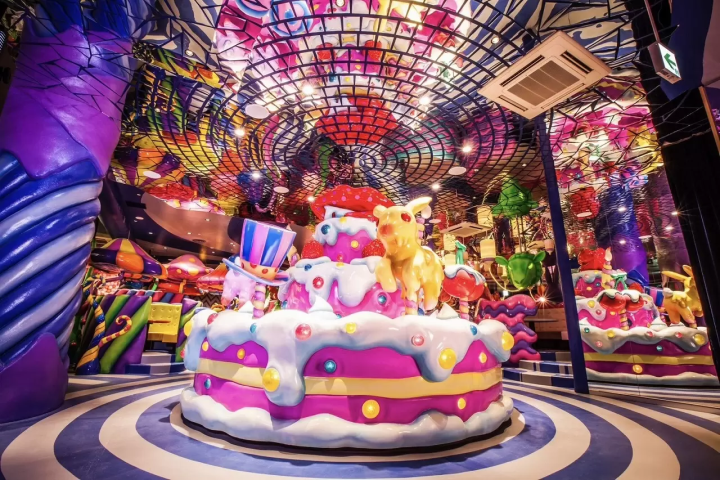
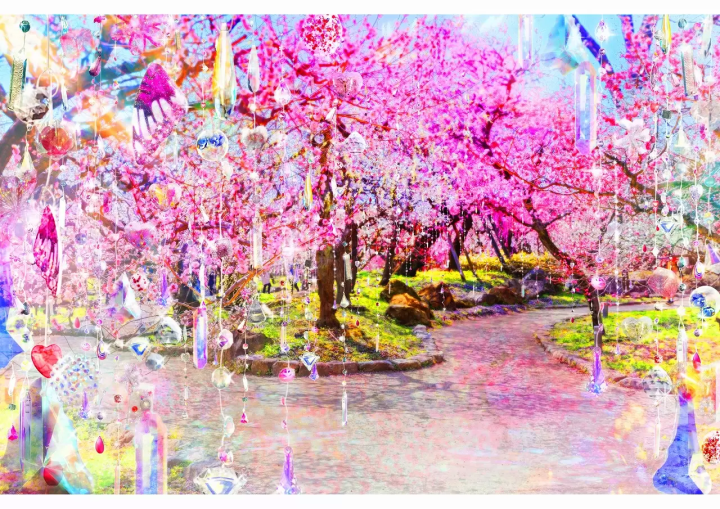
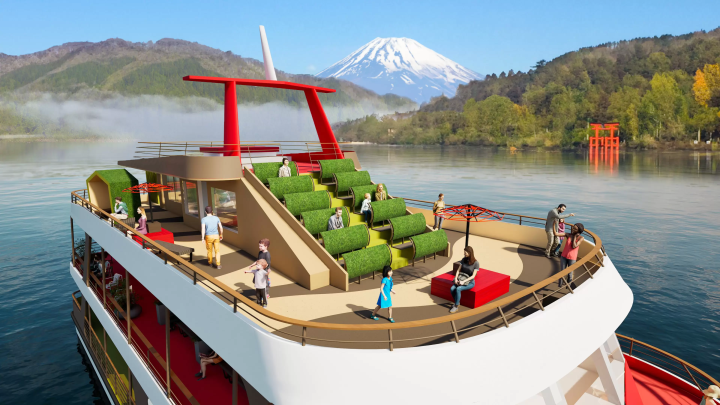

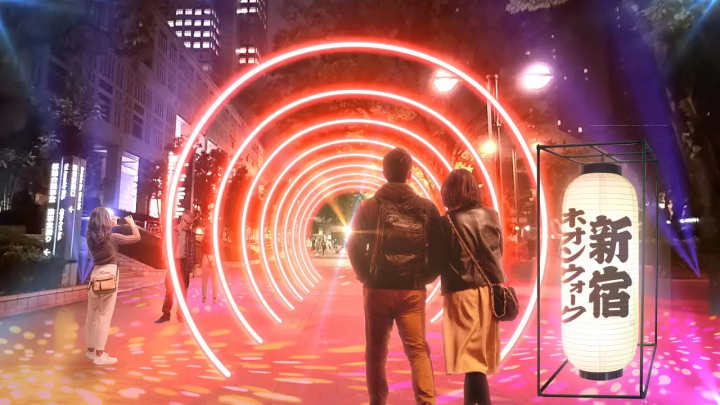



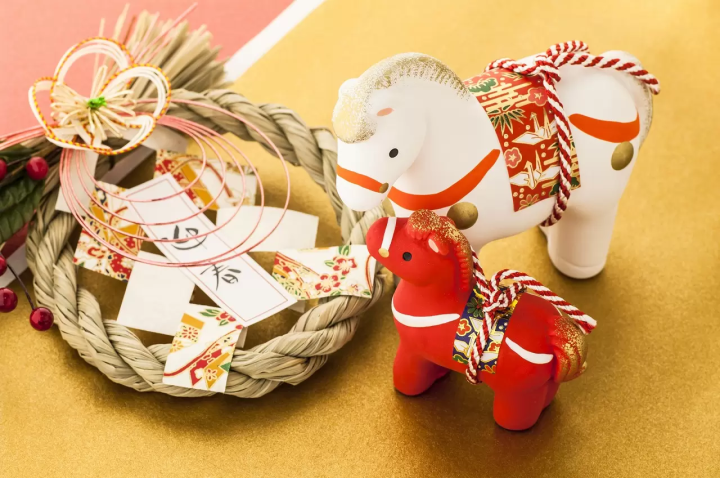

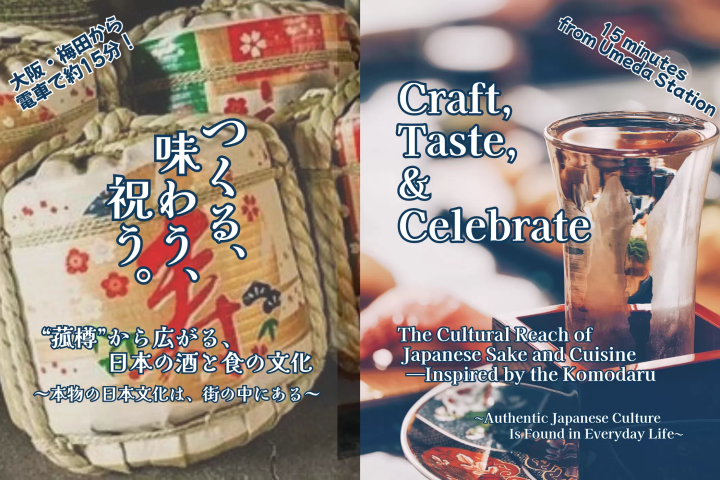

![[2026] Top 5 Strawberry Picking Spots in Tokushima, Naruto| Farms and Access Guide for January to May](https://resources.matcha-jp.com/resize/720x2000/2025/03/06-227165.webp)

